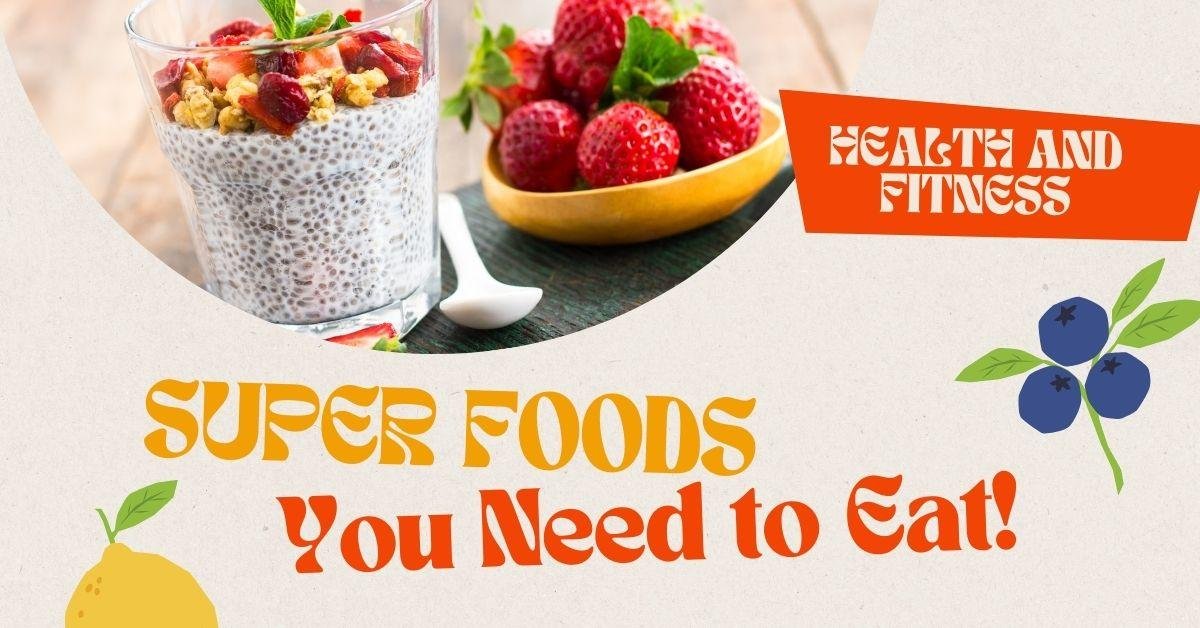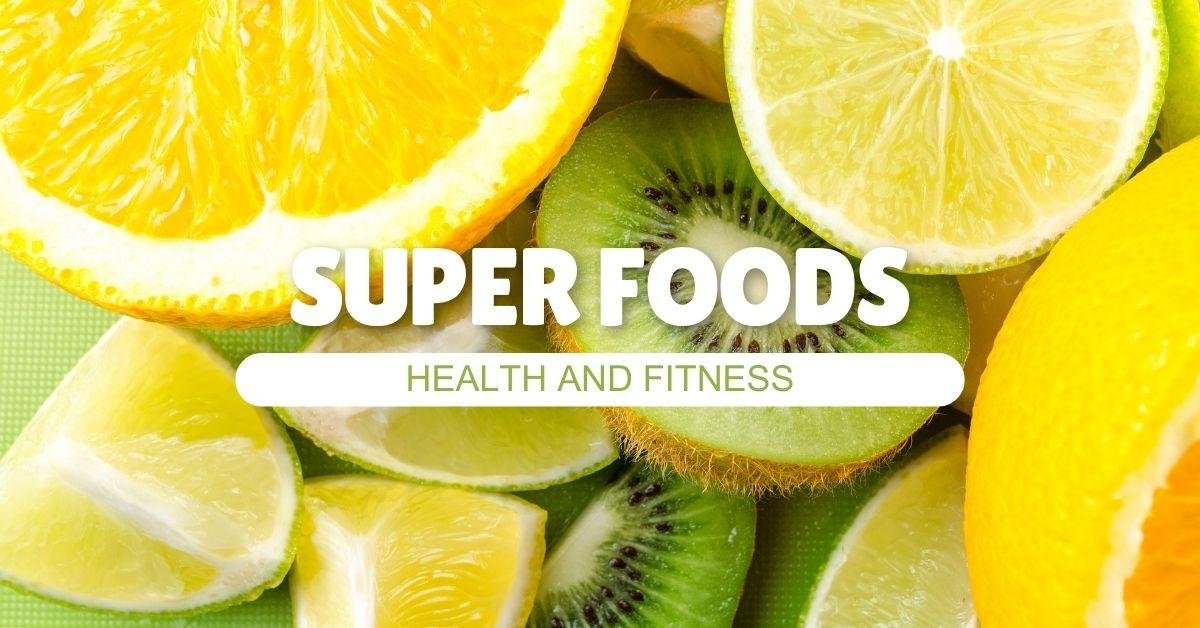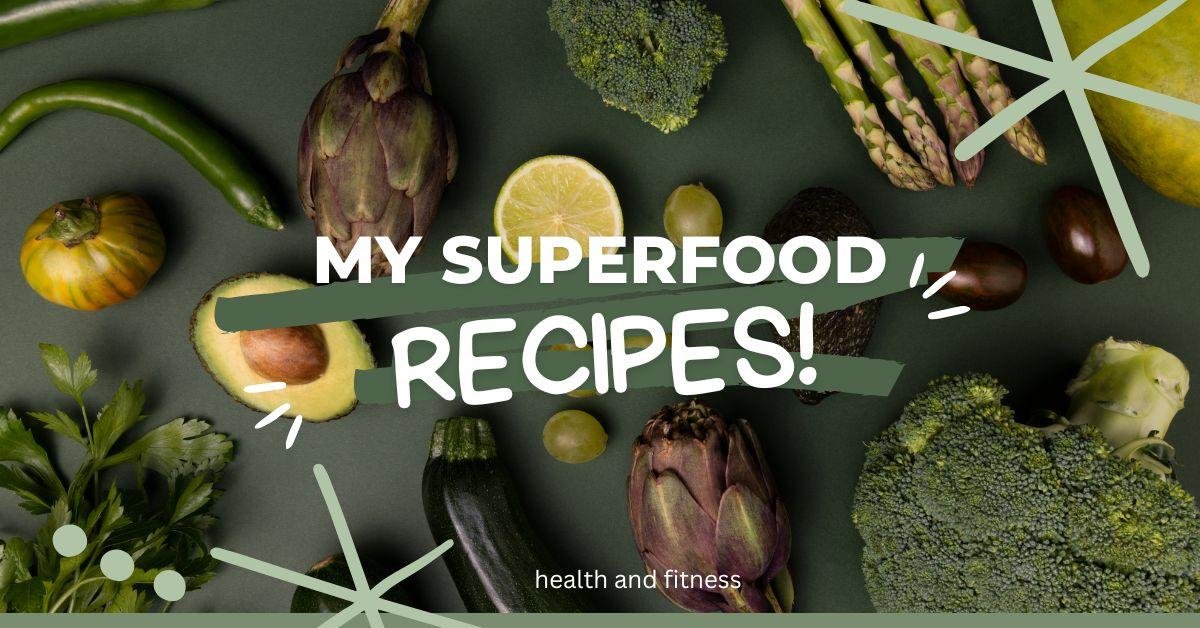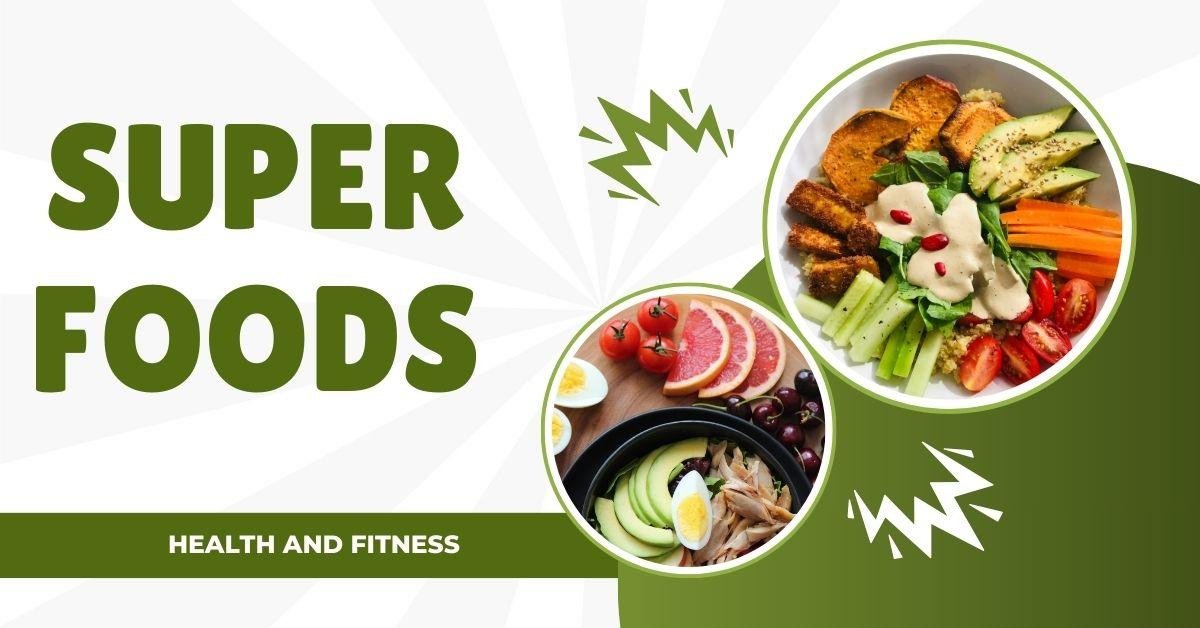No one food, not even a superfood, can provide us with all the energy, nutrition, and health advantages we require to sustain ourselves. To maintain a balanced diet, the US Dietary Guidelines for 2015–2020 suggest “combining good options from across all food groups — while paying attention to calorie restrictions.”
Healthy eating habits can lower the risk of high blood pressure, heart disease, diabetes, and several types of cancer, according to research conducted throughout the years. Dietary patterns that are primarily plant-based, including the Mediterranean diet and the DASH (Dietary Approaches to Stop Hypertension) diet, have shown substantial health advantages and a decrease in chronic disease.
A select few dishes, meanwhile, are worthy of special mention. These so-called ” superfoods” include several vital nutrients that can boost your meals and snacks and further support a balanced diet.
Berries are listed as a superfood. Berries are naturally delicious, high in fiber, and rich in antioxidants and minerals that fight disease because of their vibrant hues.
How to incorporate them: When berries are not in season, frozen berries are just as healthy. You can eat it alone as a snack or mix it into smoothies, cereals, and yogurt.
Fish. Omega-3 fatty acids and protein, which help prevent heart disease, can be found in fish.
How to incorporate it: Purchase canned, frozen, or fresh fish. Salmon, tuna steaks, mackerel, herring, trout, anchovies, and sardines are the fish that contain the most omega-3.
Greens with leaves. In addition to being a good source of calcium, vitamin A, and vitamin C, dark, leafy greens also include several phytochemicals, which are plant-based compounds that are good for your health. They supplement the diet with fiber as well.
How to incorporate them: Try some different types, such as mustard greens, collard greens, kale, spinach, or Swiss chard. Add them to salads or cook them in a small amount of olive oil. Greens can also be added to stews and soups.

Nuts. Nuts such as pecans, almonds, walnuts, and hazelnuts are good sources of plant protein. Additionally, they have monounsaturated fats, which may help lower the risk of heart disease.
How to incorporate them: A handful can be eaten as a snack or added to yogurt or cereal. However, keep in mind that they are high in calories, so only eat a few. Try several kinds of nut butter, such as cashews, almonds, or peanuts (which is a legume). Additionally, nuts make an excellent addition to salads or grilled vegetables.
How to incorporate it: Use it in rice or pasta dishes instead of butter or margarine. Use as a dressing, when sautéing, or as a drizzle over vegetables.
whole grains(superfoods). Whole grains are a fantastic source of soluble and insoluble fiber and are also rich in minerals, phytonutrients, and numerous B vitamins. They have been demonstrated to reduce cholesterol and offer protection against diabetes and heart disease.
How to incorporate them: For breakfast, try a bowl of oats. Instead of baked potatoes, try using brown rice, quinoa, bulgur, or wheat berries. When purchasing bread from the grocery store, make sure the first ingredient listed is “100% whole wheat flour.”
Yogurt. Yogurt contains live cultures known as probiotics and is a healthy source of protein and calcium. The body can be shielded by these “good bacteria” from other, more dangerous microorganisms.
How to incorporate it: Increase your intake of yogurt, but be wary of flavored or fruited varieties as they include a lot of added sugar. Add your fruit to plain yogurt. Choose yogurts that contain “live active cultures,” including S. thermophilus, Lactobacillus, Lactobacillus acidophilus, and Lactobacillus bulgaricus. Yogurt can be substituted for sour cream or mayonnaise in dips and sauces.
Cruciferous vegetables. These consist of kohlrabi, mustard greens, radishes, turnips, broccoli, Brussels sprouts, cabbage, cauliflower, collard greens, and kale. They are a great source of vitamins, fiber, and phytochemicals like thiocyanates and indoles.
How to incorporate them: Add flavorings, herbs, and healthy oils while steaming or stir-frying. Try using a frozen variety of cruciferous vegetables in pasta recipes, casseroles, and soups.

legumes(superfoods). In addition to soybeans and peas, this large category includes kidney, black, red, and garbanzo beans. Plant-based protein, fiber, and folate are all abundant in legumes. They can lower the risk of heart disease, according to studies.
How to incorporate them: Add to casseroles, soups, and salads. Prepare a bean-based spread, like hummus or a chili.
tomatoes(superfoods). Lycopene, which has been demonstrated to lower the incidence of prostate cancer, and vitamin C are abundant in these.
Foods with an extremely high nutritional density are known as superfoods. This indicates that they offer a significant number of nutrients and a relatively low-calorie content.
They are rich in vitamins, minerals, and antioxidants.
Natural compounds called antioxidants can be found in some foods. They aid in our bodies’ defense against free radicals. As a natural consequence of energy generation, free radicals have the potential to do serious harm to the body.
Typical superfoods
Superfoods rich in flavonoids and antioxidants have been shown in studies to improve immunity, reduce inflammation, and prevent cancer and coronary heart disease (Trusted Source).
Consuming fruits and vegetables regularly is also strongly linked to a decreased risk of death and several lifestyle-related illnesses.
The nutrients they provide boost energy levels and support healthy skin, hair, and nails.
A healthy weight can also be maintained with their assistance.
Berries It has been demonstrated that berries’ increased flavonoid content reduces the risk of a heart attack. Acai berries, blueberries, raspberries, tart cherries, cranberries, and goji berries are a few types of berries that are frequently recognized as superfoods.
They have the following advantages:
South America is home to the tiny, dark purple berries known as acai berries. They have a lot of antioxidants and 19 amino acids.
Blueberries(superfoods): Rich in vitamin K, manganese, and fiber. A specific flavonoid that is abundant in cranberries helps reduce the risk of UTIs.
The tiny red berries known as goji berries are indigenous to Asia and are rich in various flavonoids and vitamins C and E.
Isoflavones (superfoods)are a kind of phytochemical that is abundant in soybeans. Plants naturally contain substances called phytochemicals.
According to some studies, soy’s isoflavones can help lower blood levels of low-density lipoprotein (LDL), or “bad,” cholesterol.

According to some research, soy may help people avoid the memory decline that comes with aging. In addition to lowering menopausal symptoms, soy isoflavones may help improve bone mineral density and lessen bone loss during menopause.
Tea is an excellent source of antioxidants, has low calories, and aids with hydration.
Potent antioxidants called catechins, which are primarily present in green tea, have advantageous anti-inflammatory and anti-carcinogenic qualities.
The Journal of Physiological Anthropology published a study that looked at how 18 students’ stress levels were affected by their intake of water, white tea, and green tea.
According to the study, stress levels were lowered by both green and white tea, with white tea having an even more substantial impact. Further research is required to validate this potential health advantage.
Green tea suppresses general inflammation, which may also have an anti-arthritic impact.
Greens with leaves(superfoods)
Leafy greens, including kale, spinach, Swiss chard, beets, and collards, are frequently referred to as superfoods. Vitamins A, C, E, and K, as well as other B vitamins, are abundant in these meals.
Iron, magnesium, potassium, calcium, and carotenoids are also abundant in leafy greens.
Five hundred fifty micrograms (mcg) of vitamin K, or more than 680% of a person’s daily requirements, are found in one cup of kale. The high fiber and water content of kale and other leafy greens helps to maintain regularity and a healthy digestive tract while also preventing constipation.
Salmon(superfoods)
Salmon and other fatty fish, like trout and herring, have a high omega-3 fatty acid concentration, which can lower the risk. Reduce cholesterol, slow the development of arterial plaque, and stop irregular heartbeats using this reliable source.
Dark chocolate is rich in flavonoids, according to research (Trusted Source). Flavonoids strengthen the immune system, prevent coronary heart disease and some types of cancer, and have antioxidant action (Trusted Source).
Cacao powder(superfood) is the ingredient in chocolate that mainly provides these advantages. This is derived from cocoa beans by manufacturers. Keep in mind that chocolate could contain additional components, like sugar, that could counteract these advantages.
Red grape skins contain resveratrol, the polyphenol that gives the wine its renowned “heart healthy” qualities.
Resveratrol may offer protection against diabetic neuropathy and retinopathy, according to several promising research. These disorders, which have a significant impact on eyesight, are brought on by poorly managed diabetes.
A 2013 study, According to a reliable source, lessened the consequences of diabetic neuropathy-related brain alterations and damage.
Additionally, resveratrol has been shown to help improve blood glucose control, alleviate menopausal mood swings and hot flashes, and treat Alzheimer’s disease. Large-scale research involving human participants is still required to validate these results, though.
Quercetin, another flavonoid found in grapes, is a naturally occurring anti-inflammatory that, in animal tests, seems to lower the incidence of atherosclerosis and guard against the harm that LDL cholesterol can cause. Additionally, quercetin may have anti-cancer properties.
However, before researchers can definitively prove the benefits, more research involving human individuals is required.
While there are antioxidants in wine, remember that eating grapes also delivers antioxidants and extra fiber. Limiting alcohol consumption to no more than two drinks per day for males and one drink per day for women is advised by the American Heart Association.






